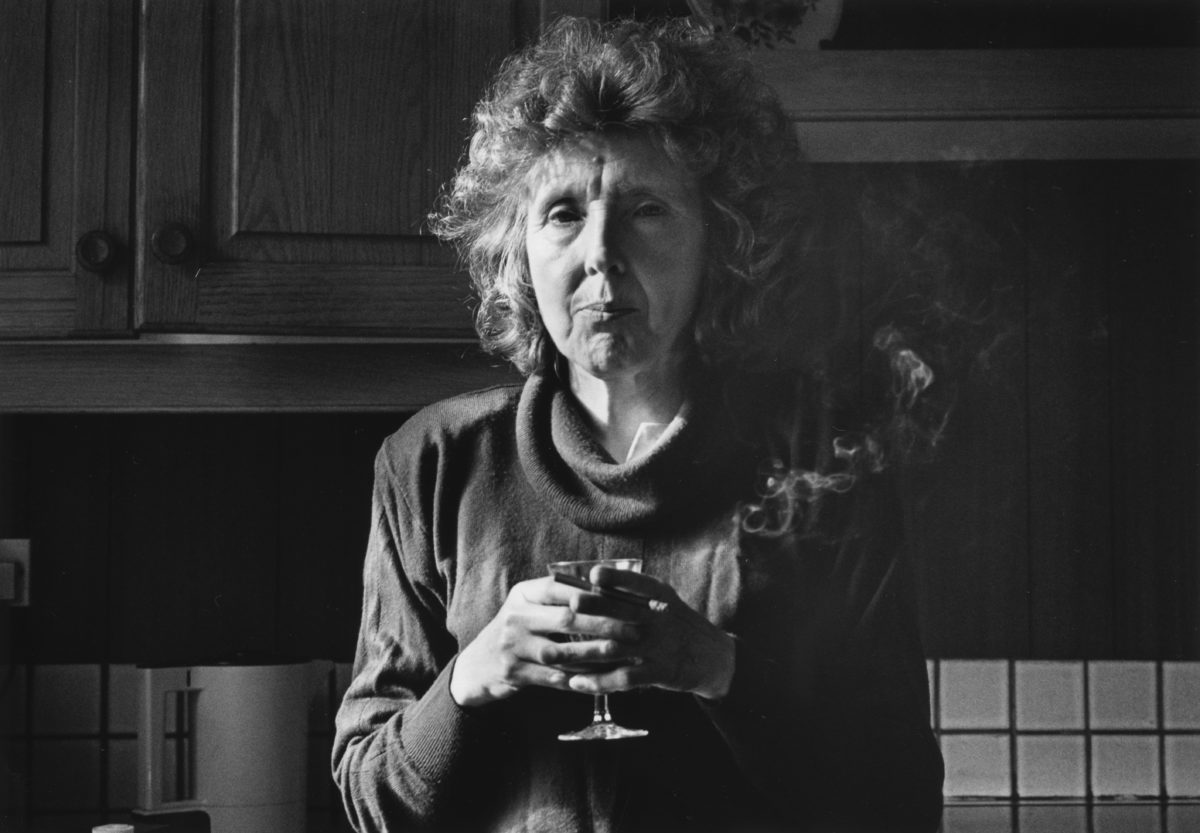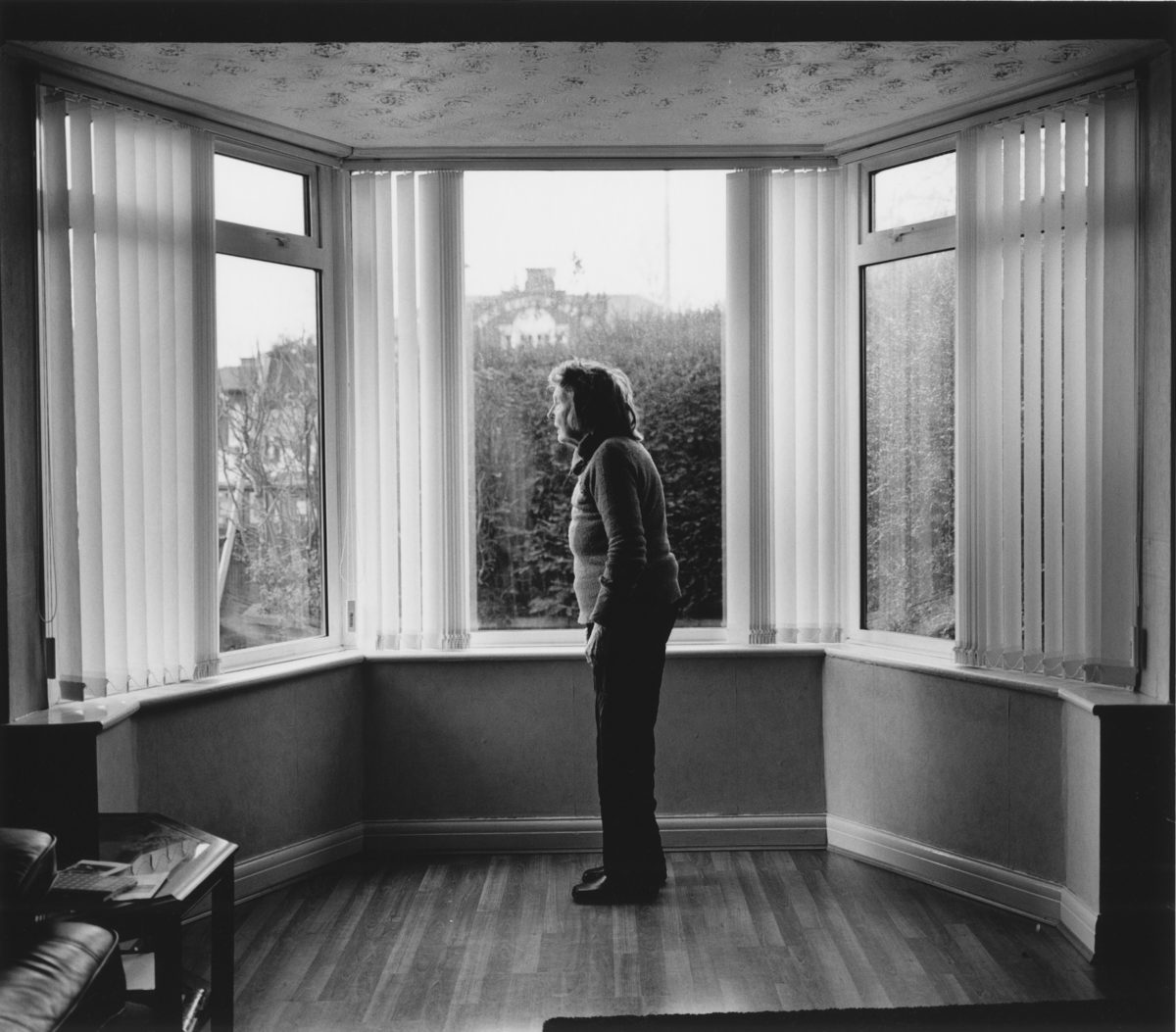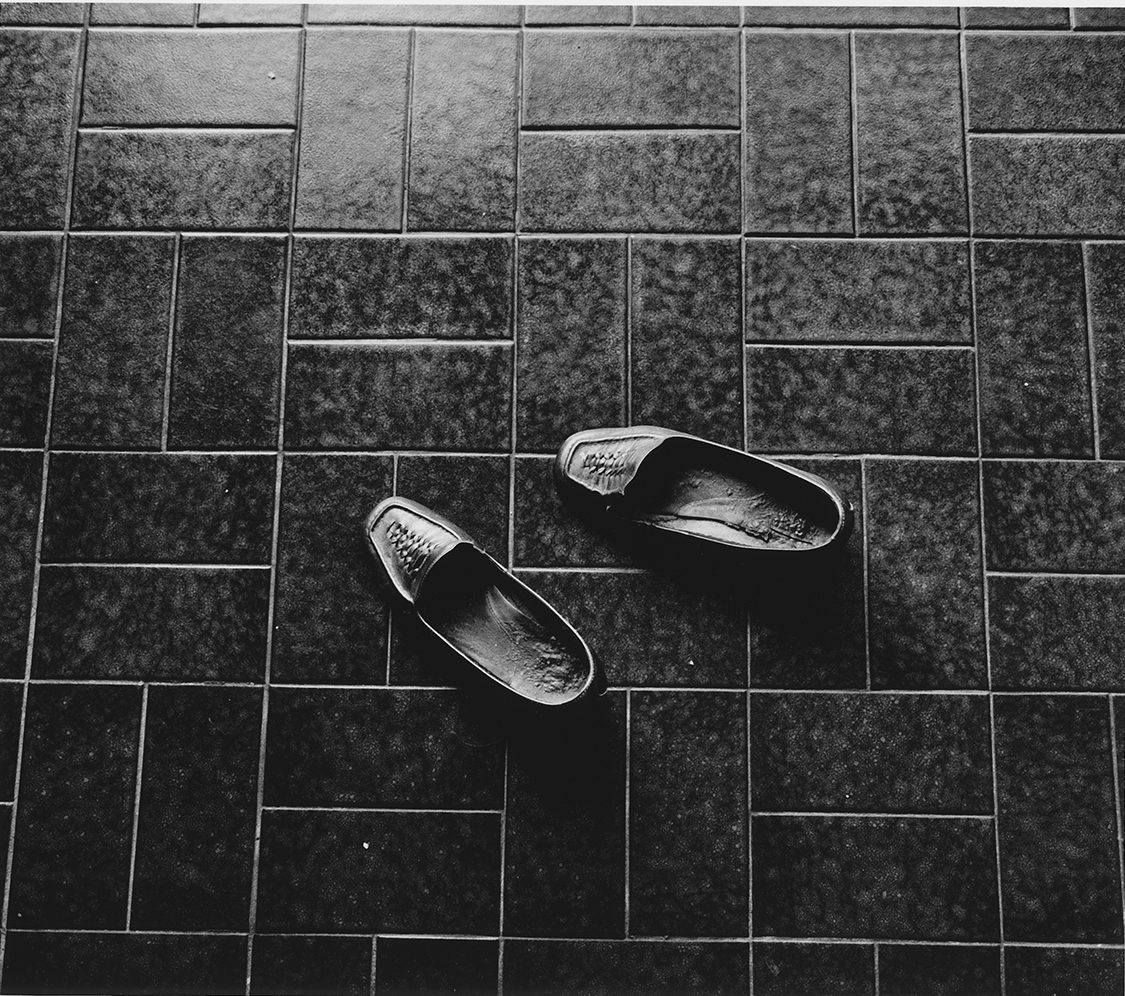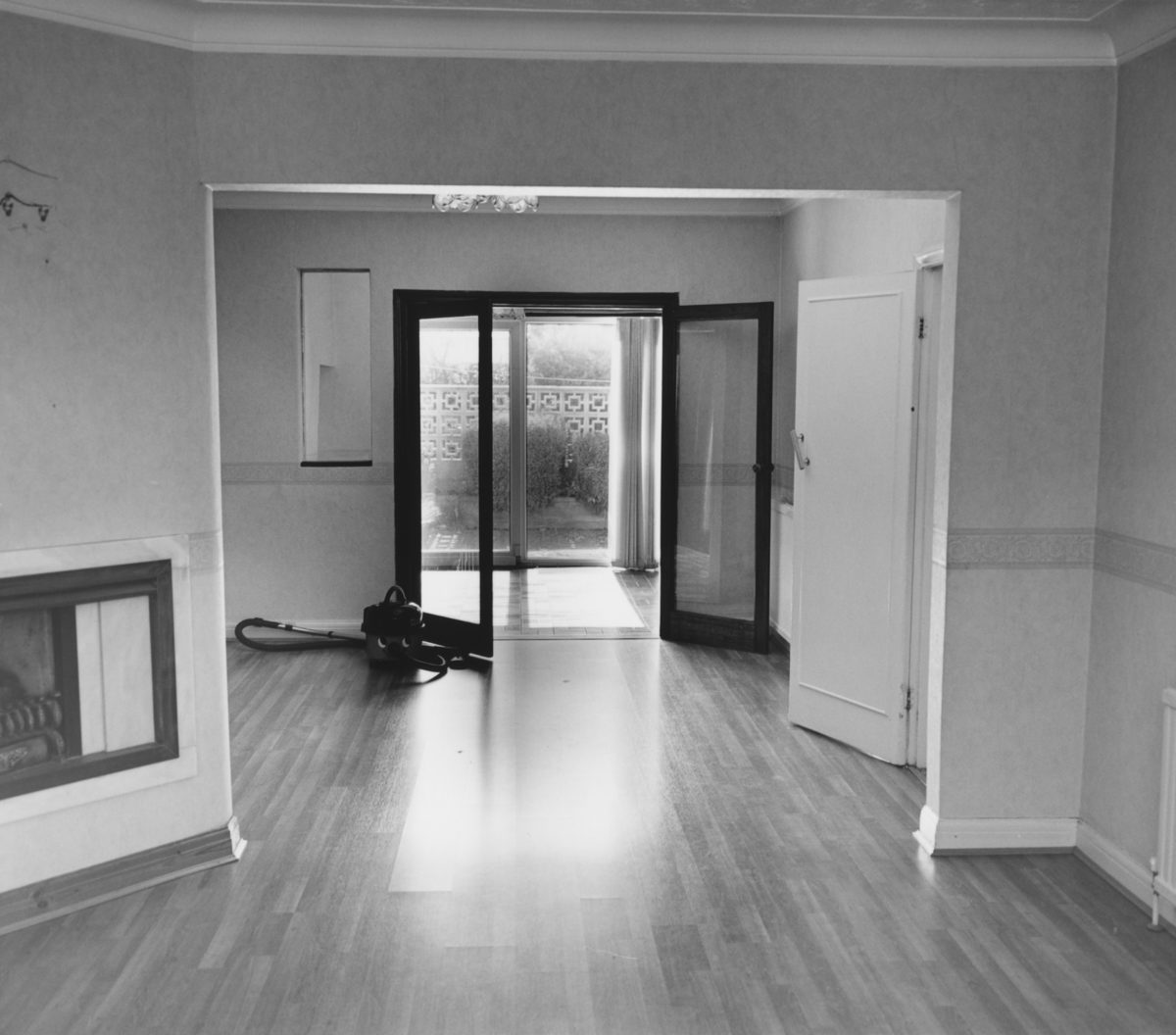A resource exploring approaches to creating portraits of a loved one inspired by the work of Matthew Finn.
Part of Jerwood/Photoworks Awards 1
Introduction
Matthew Finn has been photographing his mother since 1987. He describes the work as an on-going collaboration. His mother actively participates in some of the portraits but at other times seems more of an observed subject, oblivious to the camera. Sometimes the images shift towards using objects as metaphor and the photographer himself occasionally appears in the image in a reflection. The psyche and perceptions of both subject and photographer are at play here, their intimate relationship key to the work.
Matthew Finn describes his work as a collaboration between himself and the subject. His work raises questions about authorship, ownership and active participation in the production of a portrait.
I am drawn to projects that have direct reference to my life and the people in it. I am interested in people and events that surround me, these become my visual references for projects that may take years to realise. I am drawn to people both as individuals and as types to explore and get to know through picture making. My projects are collaborations between photographer and subject set within a world that the subject inhabits.
Matthew Finn
Over time, my mother’s understanding of her image became very apparent. She started to arrange me, telling me where to stand, telling me how close I could go in with the lens and at which angle she was happy to be photographed. In a sense, my mother played the part of director and I was simply the technician pressing the button.
Matthew Finn
I. Discuss

Try these discussion prompts:
● How might working on a project of a personal nature affect the approach you take?
● How does the collaborative process influence the creation of a portrait?
● Can a portrait reveal something about the photographer as well as the subject?
II. Who is who?
● Who is in the photograph?
● What does the image reveal about them?
● Do they know they are being photographed?
● Why do you think the photographer has chosen to photograph them?
● What is the relationship between the photographer and the subject?
● What influence has that had on the images?
● How would the images change if someone else was taking the photograph?

III. Individual Interpretations

Ask students to choose one photograph. Ask them to make a study of the image in their sketchbook and make notes in response to some of the following questions.
- Ask them to feedback in pairs and / or to the group
- What is happening?
- What is happening in this photograph?
- Where is the image taken?
- Does the image remind you of anything?
- How does it make you feel?
- Could this photograph be interpreted differently by different people? How?
- What is included in the photograph? What is missing?
- Who is in the image? What does it tell us about them?
- How is the image displayed? Does it influence what you think of the photographs?
IV. Feelings in Photos
Generate a list of words describing emotions – happy, sad, angry, excited, etc.
Set a time limit and ask students to take pictures of people or objects that convey the different feelings.
Review and discuss a selection of the resulting photographs, guessing which emotion is being represented.

V. Collaborative Portraits

Work in pairs or small groups to develop a set of collaborative portraits.
Share existing portraits – discussing likes or dislikes, thinking about what the images reveal about each individual. Discuss what techniques or strategies have been used – pose, expression, location, props. Consider the conventions of traditional portraiture. Do this by looking at painting as well as photography.
Invite students to make their own list of characteristics that they would want a portrait to convey.
Take it in turns to sit in front of a white board while peers write up positive phrases, outlining what they would include in a portrait of that person. Then compare and contrast the two lists.
Change groups or swap partners.
If 5 people create a portrait of the same person how does the portrait change? What have people found out about each other that they didn’t know before? What happens if the process continues beyond the classroom, over a period of time? For example, photographing someone every day for a day, week or month.
Consider ways in which the photographer could also become visible within the image, and discuss authorship: whose work is it if the photographer and subject have worked in partnership?


Other Artists
Celine Marchbank, Tulip
Anthony Luvera, not going shopping
Phil Collins, I Only Want You To Love Me
Larry Sultan, Pictures from Home
You might be interested in
Learning resource: Household
About the Contributor
Lindsey Smith is a Photographic Artist and Freelance Artist Facilitator. Over the last 25 years she has worked in collaboration with a range of organisations to design, deliver and evaluate learning and engagement initiatives.
She has extensive experience of devising and facilitating public workshops and creative projects. Employing a broad range of materials and processes within a photography and lens-based practice enables me to engage with a diverse range of audiences and participants.
